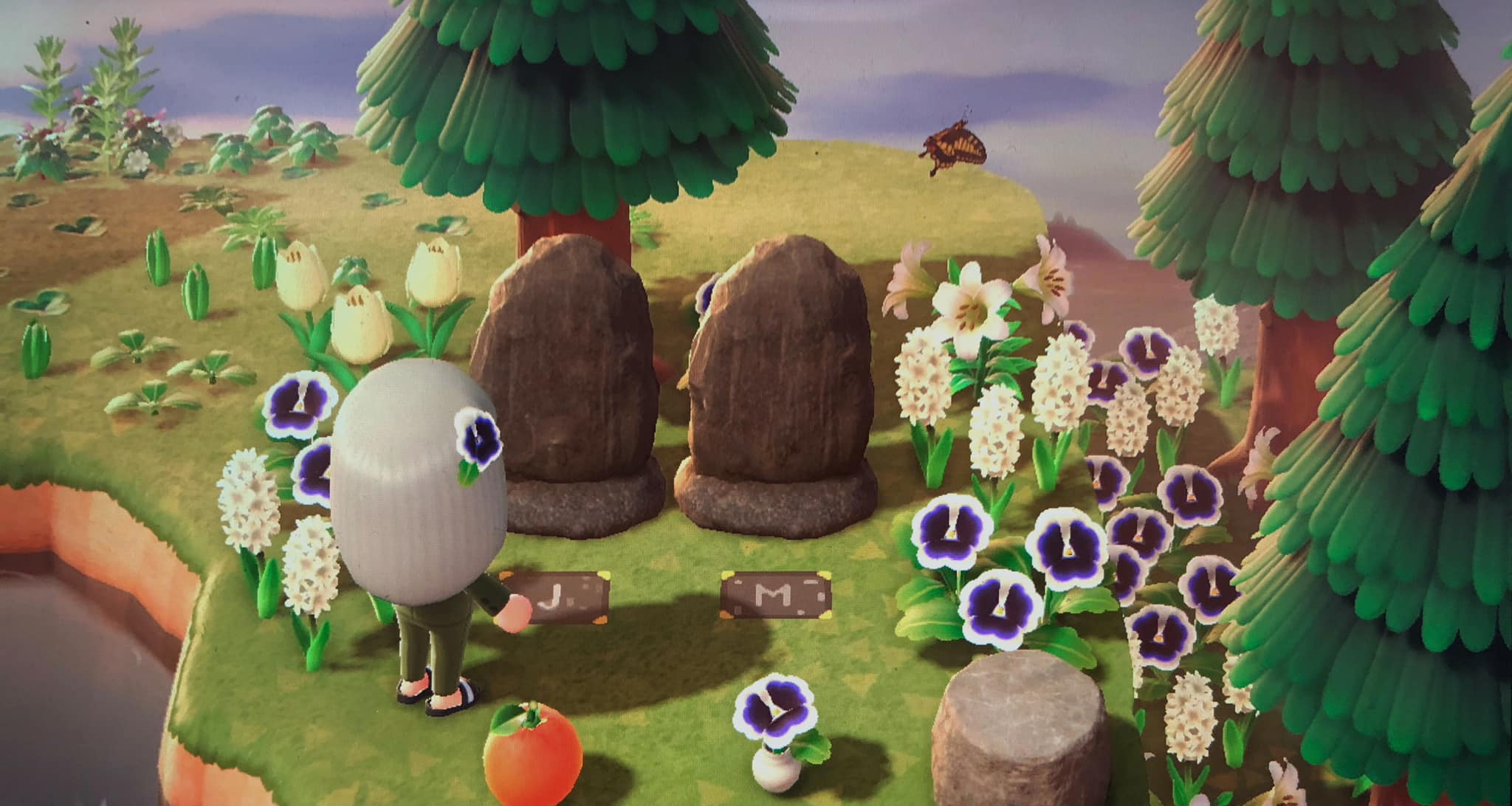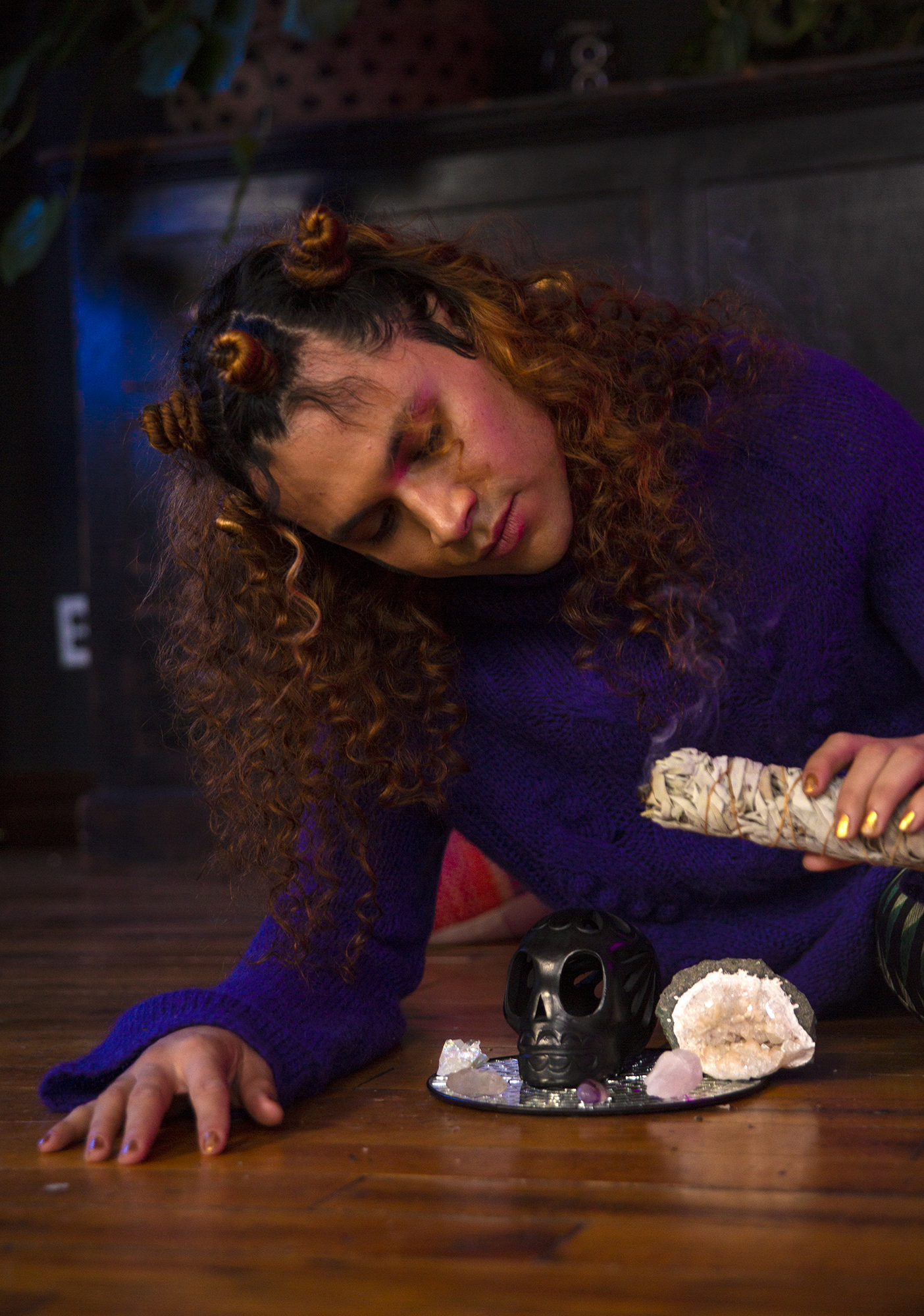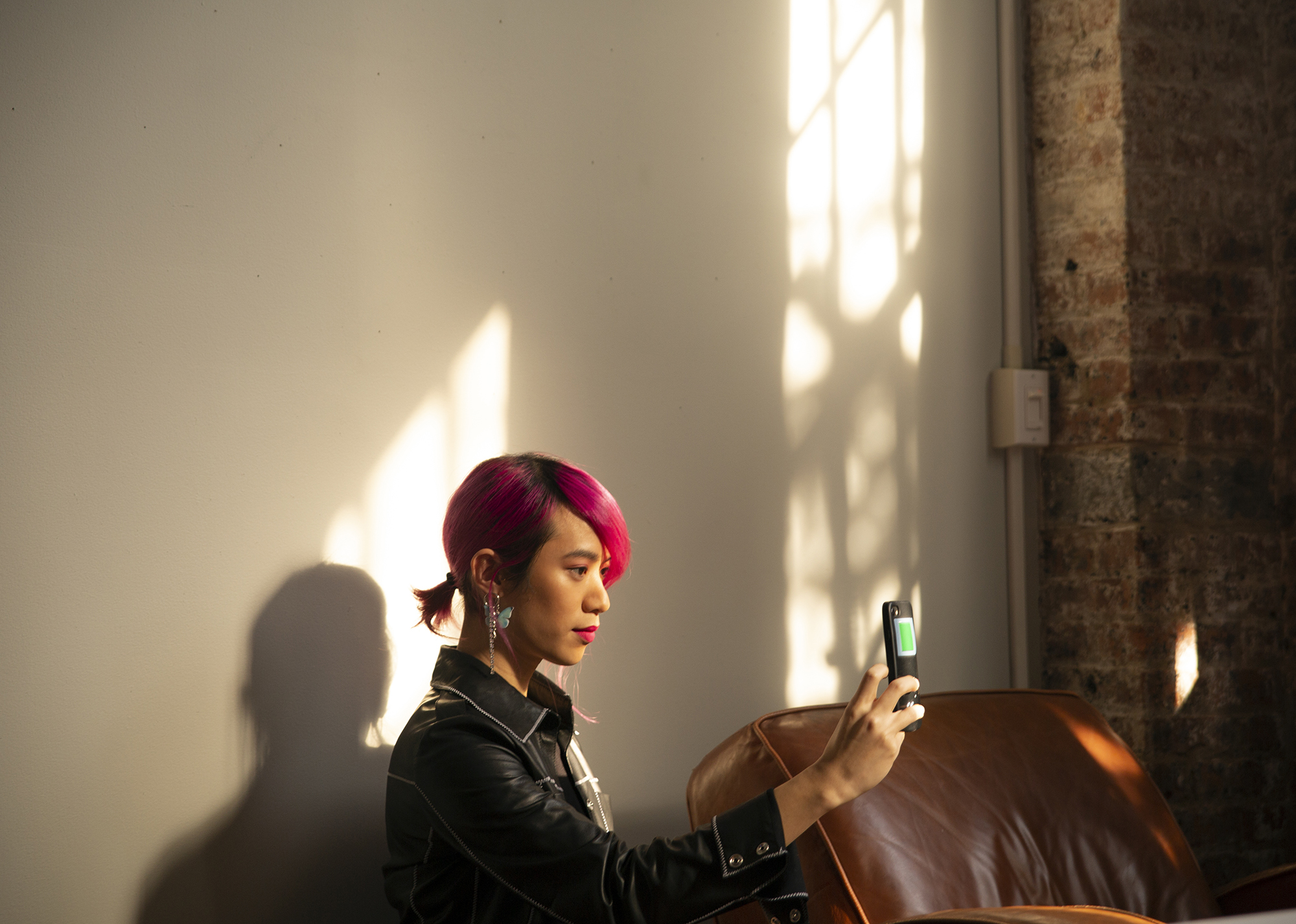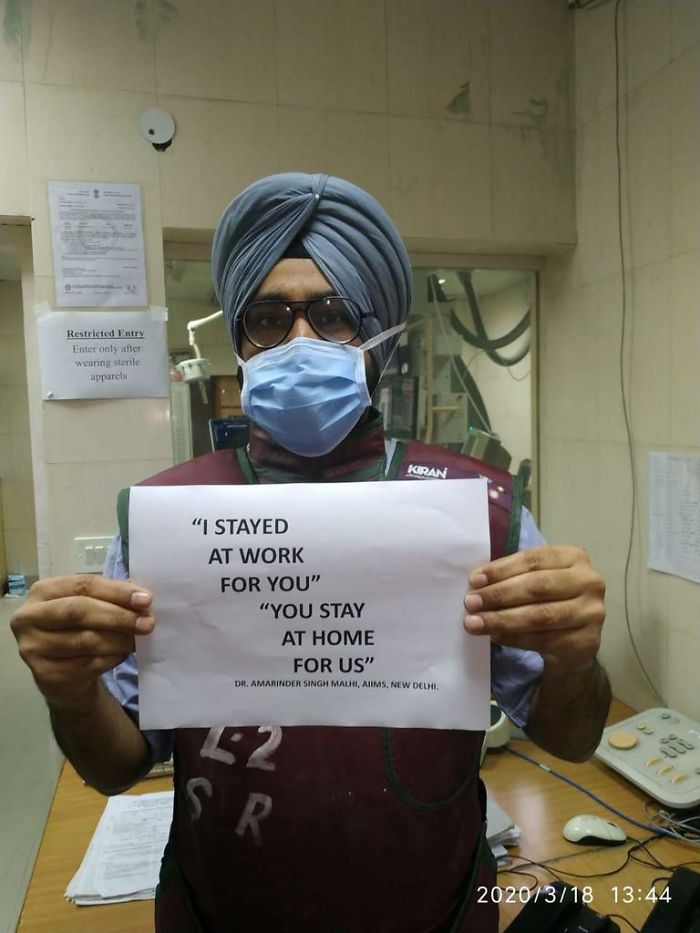With restrictions on travel, gathering in groups, and the need to practice social distancing, the Center for Disease control and many statewide and city governments have recommended that funerals be livestreamed, and for families to hold services and memorials at a later date when the risk of Covid-19 has lessened. In the state of Washington funerals have already been prohibited, and restrictions on visitors at hospitals and hospices are making it harder to be with our dying loved ones in their final days.
So, what options do people have under the current conditions to create meaningful rituals and support one another as they honor both the life of the deceased and their own grief? How can we cultivate connection and provide support while being physically distant?
It may be a small comfort to remember that over the past couple decades you’ve likely already gained plenty of experience forging relationships, creating community, and providing support for others thanks to the internet and available technology. Over ten years ago I met some of my dearest friends online because of our mutual love of a TV series. Through the years we’ve maintained community, supported each other through difficult life changes, financial hardships, and deaths. Some of us have never met in person, but we’ve always found ways to make our love for each other and our presence felt without the benefit of shared physical space.
We can do this. We’ve been doing this.

Few online communities have done death at a distance more creatively or poignantly than gamers. You may remember a widely publicized story from 2016 when actress Carrie Fisher, who was famous for playing beloved Star Wars character Princess Leia died. Players of the video game Star Wars: The Old Republic created an avatar of Fisher’s character, and gamers from around the world came to pay their in game respects. Like many of us, Stefanie Groskemper, a member of our Patreon community, is using Animal Crossing New Horizons to cope with isolation and anxiety. She created “a little cemetery in the hills so I can visit my grandparents who are buried far away,” and generously offered to add grave markers for other members’ loved ones, creating a virtual community cemetery. Groskemper is even personalizing them with shells and favorite flowers.
You probably already have a wealth of ideas from your online relationships and communities, that can by modified in the coming weeks and months. Here are some of mine:
- Create a virtual altar where people can leave messages, songs, photos of food offerings, videos of family and friends singing a song, reciting a prayer or poem, photos of flowers, or artwork. Creating a virtual space like this can be a source of comfort for years to come. People can return to leave offerings or messages on special days like birthdays, or when they are really missing their person. Seeing other people’s contributions can help others feel less alone in their grief.
- Schedule a communal meal on a video platform like Zoom. You can use a recipe of theirs or create a menu based on their favorite foods. You can even get together virtually and have everyone cook the meal or dish “together.” Maybe Grandma is stuck in the hospital and you want to learn how to make one of her signature dishes? Have her coach you through FaceTime! You could also consider leaving a place setting out for your person, or “share” a meal with them on designated days of the week or month. If your culture or religion has sacred or traditional funerary foods be sure to include those if you can safely acquire the ingredients.
- Make a playlist that people can contribute songs to. Be sure to provide some guidelines – do you want songs to play during a virtual service? (if so, be careful of licensing restrictions on platforms like Facebook and YouTube!) Songs that remind people of your loved one? Songs that you have special memories of together? Don’t forget to ask that contributors include some background information about their song choice as they often come with special stories or memories like: “Every Saturday Mom would get out the Fabuloso and put this song on!,” or “”When we were in college Marcus always sang this song at karaoke.”
- You may not be able to bring someone a casserole right now, but you can still send them meals or care packages. Many restaurants may have been forced to shut down their dine-in service, but I’ve found quite a few that are offering grocery items like produce, eggs, flour, and this season’s most coveted item, toilet paper! You can also send a gift card for delivery services like Postmates.

- Host a watch, game, or listening party. The things we love often become a large part of our identity. We attend cons, collect merchandise, create fan art and fiction, and most of all create community around the things we love. With so many of us quarantined at home, you may have been participating in Netflix Watch Parties already, where people can watch a movie or series together online without being in the same room. You can watch their favorite movie, or a concert by their favorite artist together. You can do the same with certain games, or use Zoom, or Instagram to have dance or music listening get togethers. As for you musicians, you know what to do – have a virtual jam session in their honor or, write a song for them together.
- Regular meet ups can be scheduled daily, or weekly, whatever works best for you. Create the space and fill it as best suits your needs, even if it’s just to check in with each other As an alternative you can also agree on a specific time of day for people to stop whatever they are doing offline to light a candle, read a special verse, pray, or just to think of the immediate family. Knowing their loss and grief are being acknowledged, held, and given space by a wider community, can help immediate family feel less alone.
- Share and collect stories and photos of your loved one. If the virtual altar idea isn’t for you, you may want to consider something more private to share stories and photos. You can create a private Facebook Group and send invitations or a link to only selected people. In the group you can post discussion prompts or questions: How did you meet? Favorite memory? What did you learn from them? These can be collected and shared over a few weeks or a few months via email or a free newsletter service like Tinyletter. Think funeral program or memorial booklet, but make it virtual and ongoing.
Although many of us find comfort in and need to adhere to cultural or religious rites or observances, for others it can be helpful to consider detaching from the idea that you have to acknowledge the dead, or your grief in a certain way, or in a designated location, or on an assigned day of the year. Give yourself permission to reimagine things that will nourish you as an individual, family, and community. In addition to our culture, faith, and experiences of virtual community we can look to for inspiration, there’s another group of people who have been working in this realm, whose mission it is to create connection to the things that matter most and provide support in times of death – home funeral practitioners and death doulas. Death doulas or death midwives carry on the ancient practice of supporting individuals and their families through the dying process, with a focus on maintaining the best possible quality of life as it is coming to a close. Many death doulas also help with home death care and creating home funerals for families.
For advice, I turned to the two people I would trust with my (end of) life – because that’s what all this death talk is really about – life – Alua Arthur, death doula and founder of Going With Grace, and Lashanna Williams death doula and executive director of A Sacred Passing: Death Midwifery and Community Education.
“Interestingly enough, I already take a lot of my clients over the internet!,” Alua told me. “All of the approaches I use for the end of life are still present, minus touch, and there is greater opportunity for deep listening as it requires total attention to the words being spoken, and question asking, to ensure that it is understood properly.” She suggests, “Make phone calls. Make playlists. Make art. Write a letter. Send a card spritzed with your perfume on it. Send flowers. Record a message. Record a meditation. Record yourself telling a story of your day.”
Lashanna also reminds us to “Support the people who are physically caring for them in all the ways you can.” In my neighborhood here in Los Angeles, people are donating supplies and sewing masks to hospitals and hospice workers, sending them gift cards, and meals from local restaurants. In recent weeks people in cities all over the world have been gathering at their windows, on balconies, and from front yards at designated times to show their appreciation to health care workers with applause and cheers.
Another way to help both health care providers and death care professionals who are sacrificing their own lives to care for ours through this pandemic, is getting our end of life wishes down in writing. It can save them, yourself, and your family a lot of time and unnecessary pain and suffering. Lashanna reminds us that “helping them make arrangements that make them happy,” is also love and care in action.

When it comes to forgoing a funeral or gathering together, Lashanna says, “If you are unable to be physically present for your loved ones, know that others are experiencing the same. Magic and ritual is everywhere, it all comes down to what matters to the individual. I just had a client who has chosen his green burial placement so that his feet are east, so he can see the sunrise. I’ll never see another sunrise without thinking of him and now his whole family has that forever.”
If being with the body and physically sharing space is not possible, “We can still gather, but not in the traditional sense of the word, obviously”, says Alua. “When using a virtual setting, it is useful to provide instructions for the participants prior to the service about what to expect and the things they can do to participate.” Here are some of her tips:
- Any ritual can be adapted to mark the end of a life. Assess your current traditions – think Thanksgiving, Samhain, Sunday night bath and fac emask, whatever your personal rituals are -to see which elements work for you and why. Adjust it for the end of life.
- Ground in the purpose–why are you doing this? What does “pay last respects” mean to you? What value do you personally find in holding a ritual for the end of life?
- Bring in elements such as water (a bath, clean something significant, let rain wash over a significant item), fire (intentional candle lighting and extinguishing, smudging), earth (bury something significant), or air (focus on the breath), to the ritual.
You can carry over many of the same elements from a traditional funeral into a virtual funeral too, such as memorial videos, music playlists (be careful of using licensed music on Facebook and YouTube), create a program with eulogies, prayers, or a chance for mourners to share their own memories. “Your loved one’s death is no less significant by virtue of not being marked by traditional services. These can still be meaningful but you must choose to find value in it, “ said Alua.

Because “the element of physicality is so important to our mourning and grieving, it’s useful to have something tangible to touch.” Alua suggests that you “gather items which remind you of the beloved and write the story of the items and the feeling generated when in proximity with them. In the online service, participants can share what items they chose and why. In private, you can identify which elements of that feeling are still available to you in the absence of the beloved to support in the grieving process.”
As difficult and heartbreaking as death is, especially under Covid-19, Alua provides us with this important observation, “We have an opportunity to shift our framework of end of life services and traditions.” May they be healing, fulfilling, and human centered.
Our physical presence may be restricted for now, but our imagination and the love we hold for each other is limitless.
Sarah Chavez is the executive director of The Order of the Good Death, co-host of the Death in the Afternoon podcast, and a founding member of the Collective For Radical Death Studies. As one of the founders of the Death Positive movement, she is passionate about addressing the underlying issues that adversely effect marginalized communities’ experiences of death. Sarah writes and speaks about a variety of subjects including the relationship between food and death, Mexican-American death history, feminist death, and decolonizing death rituals. You can follow her on Twitter .
If you enjoyed this piece, please consider supporting our work. Your contribution goes directly toward running The Order, including resources, research, paying our writers and staff, and funding more frequent content. We’d love to keep pushing the funerary envelope in 2018. Visit our Support Us page, for a variety of easy ways to contribute.

